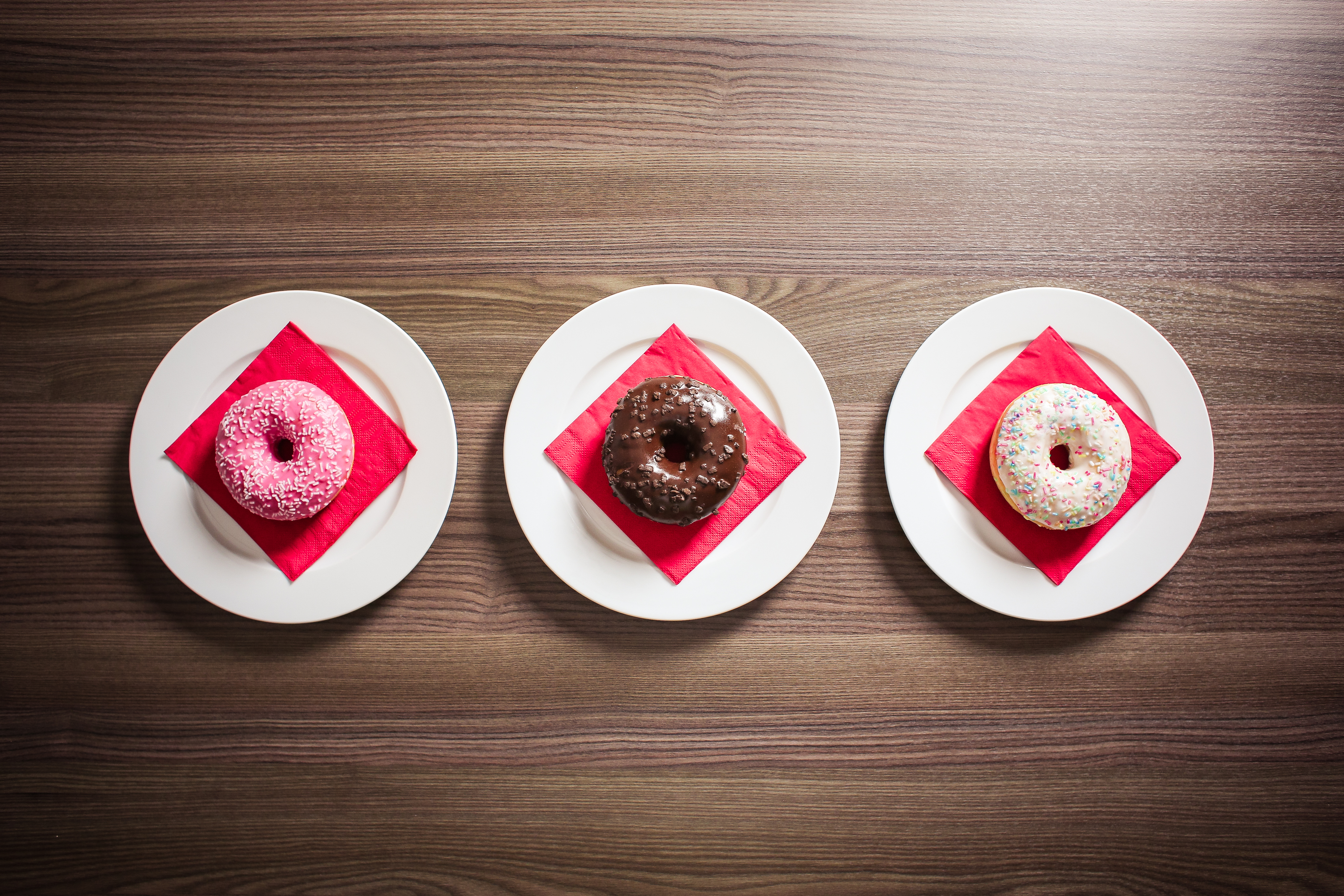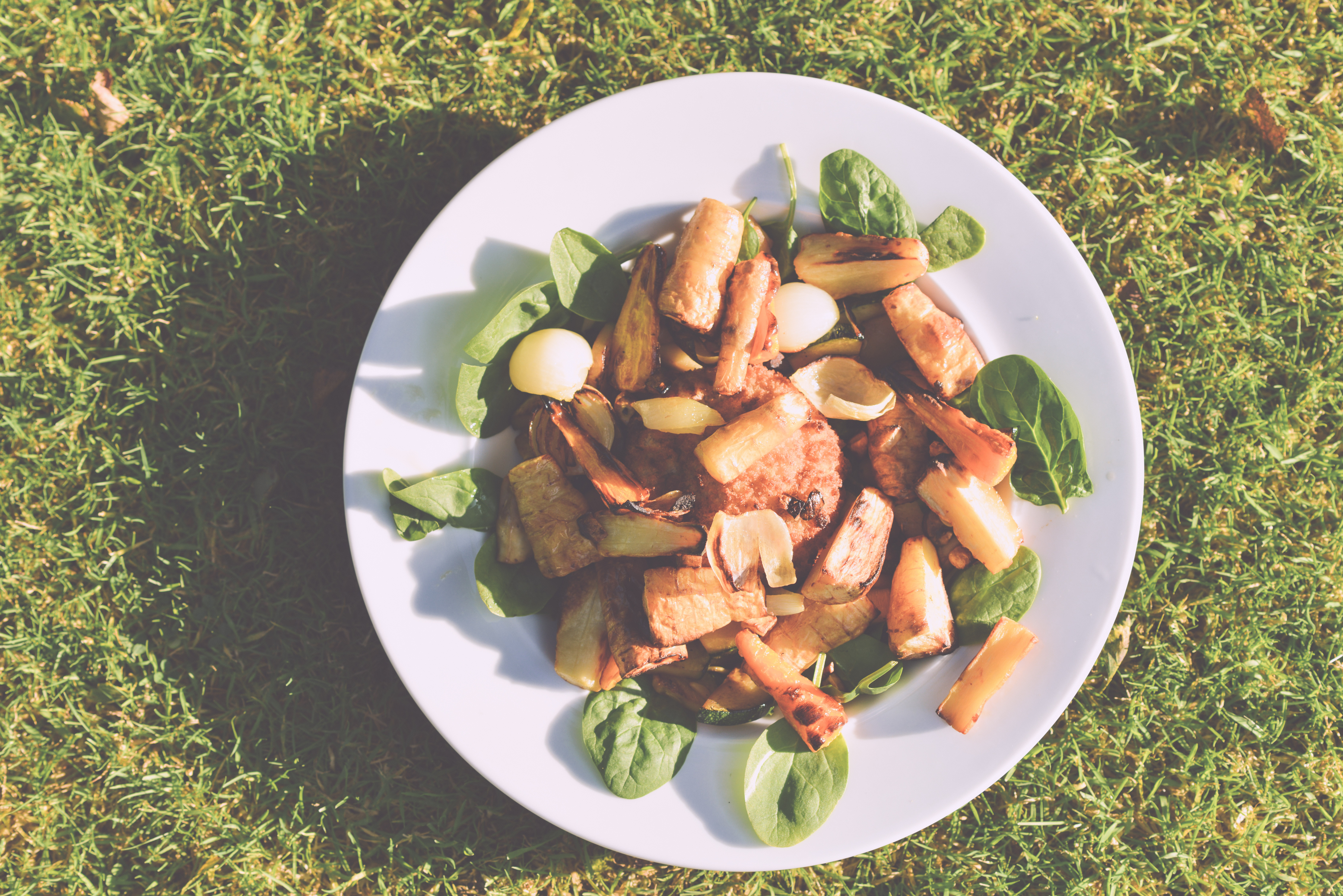With all of the competing, confusing information out there, losing fat can seem almost impossible. Maybe you’ve tried every diet and fitness program in existence; or maybe you’re at square one, with no idea where to start – either way, I can help. In order to find a simple solution to weight loss, we need to go back to the basics. Fat loss doesn’t have to be about complicated formulas or eating foods you hate. In fact, armed with a few fat loss hacks, rediscovering the six-pack abs that faded a few Budweisers back is certainly doable.
Here are 7 things you can start doing today to make the process of losing fat more simple and enjoyable.
1. Karate Kick Your “Diet”
Diets don’t work.
Kind of a weird way to start off a list of rules about losing weight, right? But let’s be honest: diets aren’t fun. Massively restricted eating, carrying around tupperware containers (of food you don’t even like), and skipping out on social events? No thanks.
By encouraging a short-term mindset, diets may allow you to lose some fat quickly, but most people end up gaining all of the weight lost back (and more) when their “diet” is over.
Diets rely on willpower, which is actually quite unreliable. Most diets force you to “blacklist” all of the foods that aren’t good for you, like cake and pizza. Do you know what happens when you make something forbidden? You want it even more. You think about it constantly. And before you know it, you’re twelve slices into a deep dish wondering what the heck happened.
Most often, dieters who suppress thoughts about food have the least success staying on track. Instead, they end up binge eating the very thing they were trying to avoid. So channel your inner Chuck Norris, give your diet a roundhouse kick to the curb, and embrace a more sustainable approach for losing fat. How can you do that? By following the rest of the fat loss ‘hacks’ you’re about to discover.
2. Avoid The “What-The-Hell Effect”
This concept, first introduced by dieting researchers Janet Polivy and C. Peter Herman, describes a cycle of indulgence, regret, and greater indulgence.
Here’s how this plays out in real life: you walk into the break room at work and notice some fresh doughnuts sitting on the table, waiting to be eaten. You start to think about how you’re trying to lose weight and be more fit, but before you know it, you’re halfway through glazed doughnut smothered with sprinkles.
Instead of stopping things right there, throwing the rest of your half-eaten doughnut away and going back to your desk for an apple, you think, “ah, what the hell, I’ve already blown my healthy eating for the day – I’ll just eat three more.”
Sound familiar?
Instead of minimizing the harm by stopping an action that isn’t consistent with your goals and making the next best decision to get back on track, you compound one bad decision by make more bad decisions.
Here’s what you need to do instead: no matter what happens, don’t throw yourself farther down into the gutter. Instead make the next best decision to get back on track with your goals.
3. Stop Labeling Foods “Good” and “Bad”
Chicken and broccoli are “good” while ice-cream and pizza are “bad.” Sounds like a good idea, right? Actually – no. It would seem that by identifying which foods are good, and which are bad, you will be more likely to choose good foods and get closer to your fat loss goals.
But that’s not usually how it works. Labeling foods “good” and “bad” is actually making it more likely that you will make choices that lead you further away from your fat loss goals. In psychology, there’s something called “moral licensing”, which describes our natural tendency to feel justified about doing something bad after we feel like we’ve done something good.
Instead of labeling foods as “good” or “bad”, consider your goals. Before eating a specific food, ask yourself if it will take you closer, or further, from your goals. This allows you to make good decisions without the negative effects of moralizing your food choices.
4. Embrace Fast Food
Is hitting up a drive-through a common experience for you? If so, sorry to disappoint, but this isn’t permission to do that more, and that’s not the kind of “fast food” that we’re talking about. Enter: made-for-you meals.
Thanks to places like Whole Foods, Trader Joe’s, and other health food stores, it is possible to get the convenience of fast food while staying on track with your fat loss goals. Instead of stopping at a fast food restaurant, swing by a health food store and hit up the fresh salad bar or grab one of the many made-for-you meals like grass-fed chili or cooked chicken, steak, and fish – along with along with different vegetable and bean medleys, fresh salad fixings and more.
When eating typical fast food, it can be easy to knock down a few thousand calories of the scrumptious – yet artery clogging – cuisine in a matter of minutes. Ditch the ‘old’ fast food and embrace the new, healthier version and everything – from your health to your waistline – will benefit positively.
5. Use A Smaller Plate
Some people who struggle to lose weight have what I call “potluck” syndrome. They have good intentions, but fall into the trap of thinking, “If I can fit it on one plate, I’m good to go.” Aiming to reduce calorie consumption by avoiding seconds can be an effective plan, but it doesn’t do much good if you overcompensate the first time around.
A simple fix: use a smaller plate. Instead of using a typical dinner plate, try opting for a salad plate instead. Salad plates are typically a bit smaller than a dinner plate. A smaller plate equals less space to put food, which in turn, means you will consume less calories overall.
Pro tip: Now that you’re using a smaller plate, don’t fall victim to “potluck” syndrome by taking your food vertical (i.e. don’t stack your food so that you can fit more on your smaller plate).
6. Set a Timer
When is the last time you actually took the time to enjoy the intricate tastes and textures of your food? By eating slowly, you are better able to not only enjoy your food, but you’ll also improve your “hunger awareness.” Slowing down allows you to override the irrational, emotional side of your brain and think about what, and how much, you are eating.
As a general rule, if you’re meals aren’t taking at least 15 minutes to consume, you need to slow down. If this turns out to be a significant challenge for you, set a timer on your phone and aim to pace your eating. As an added benefit, slow eating may improve your relationship with the people you spend your time with because you’ll actually have time to talk about something that matters when sitting across from them for an extended period of time.
7. When You Eat, Just Eat
Most people spend all of their time focusing on what they are eating and not enough on how they are eating. Confused? Here’s what I mean… Are you eating in your car on the way home from work? In front of your TV? Your desk at work?
Eating while doing other things – like watching TV, driving your car, or working on a computer – can easily distract you from how much food you shove down your pie hole. But instead of blaming this lapse on a lack of willpower, it may be more effective to change your environment.
When you eat, just eat. Don’t stare at a screen or drive or do anything else distracting. By focusing on one thing at a time – in this case eating, you will be more aware of how much food you are eating and better able to identify when you are full.
Oh, and about the Doritos – get all of that garbage out of your house. No matter how strong you think your willpower is, most people will make the choice of least resistance. If this means ripping open a bag of chips that you have in your cabinet instead of making a well-balance meal; you’re going to take the easier route.
Conclusion
When you follow the fat loss hacks discussed above, an interesting thing happens. Losing weight and “dieting” starts to become less of a torturous process of obsession and restriction and more about making good choices most of the time and doing what you can to not sabotage yourself in the process. The best part is, none of the strategies outlined above are difficult to understand and all can be easily implemented, starting today.
Featured photo credit: Kevin Schmitz via unsplash.com














































